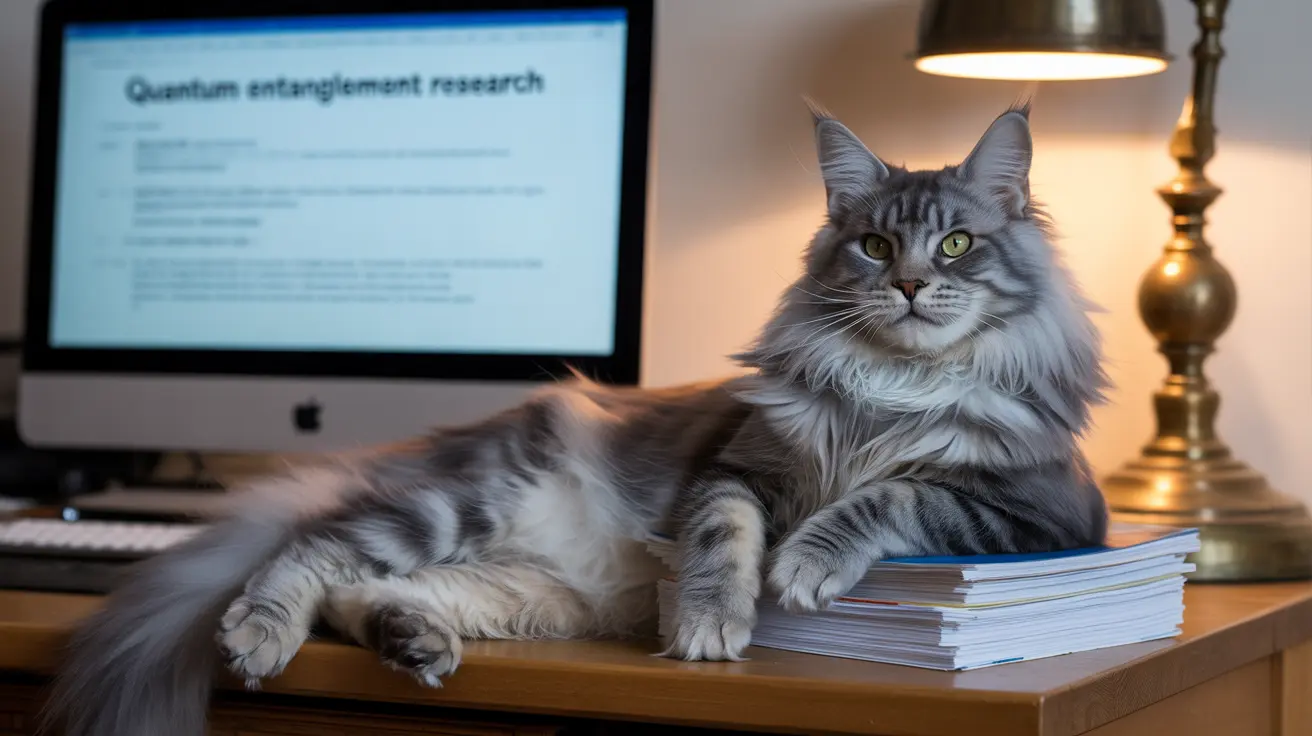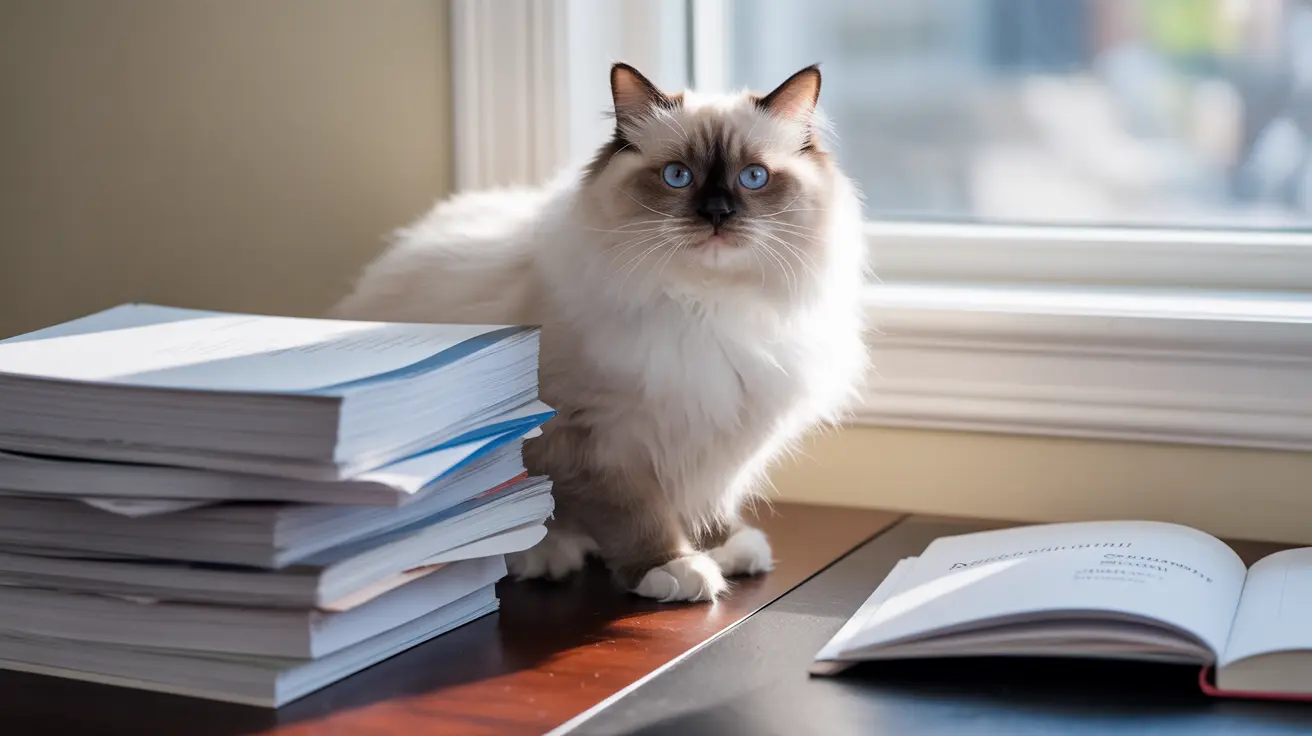The Cost of Treating Feline Calicivirus in Cats
Feline calicivirus (FCV) is a highly contagious viral infection affecting cats' upper respiratory tract and oral cavity. While it can vary in severity, most cases require supportive treatment that may lead pet owners to consider the potential financial implications. This article offers an in-depth look into the common costs associated with diagnosing and treating FCV.
What Causes Feline Calicivirus?
FCV is a non-enveloped, single-stranded RNA virus that mutates rapidly, contributing to its resistance to vaccines and disinfectants. It's transmitted mostly by oral and nasal secretions, but can also spread via contaminated objects or human hands. Cats in shelters or multi-cat environments are particularly vulnerable.
Symptoms That Require Treatment
Not all cases of FCV are the same. Treatment costs can vary based on symptom severity. Common symptoms include:
- Sneezing and nasal discharge
- Oral ulcers and hypersalivation
- Conjunctivitis and eye discharge
- Gingivitis or stomatitis
- Fever and decreased appetite
- Lameness due to viral polyarthritis
- Severe systemic signs in virulent strains
Each of these symptoms may require different types of treatment, affecting overall costs.
Breakdown of Treatment Costs
There is no antiviral cure for FCV, so treatment focuses on supportive care. Depending on the symptoms, treatment may include:
- Veterinary exam and diagnosis: $50–$150
Includes clinical examination and PCR testing if needed. - Hydration and nutritional support: $30–$150
May include subcutaneous fluids, appetite stimulants, or feeding tube placement. - Pain management: $20–$60
Use of NSAIDs to ease discomfort from ulcers. - Antibiotics for secondary infections: $25–$75
Often prescribed if bacterial co-infections are suspected. - Eye and nasal treatments: $20–$50
Topical antibiotic drops and decongestion support. - Hospitalization (for severe cases): $200–$500/day
Necessary for cats that are severely dehydrated or unable to eat.
For chronic oral conditions like FCGS (Feline Chronic Gingivostomatitis), the costs can rise significantly:
- Dental cleaning and imaging: $300–$600
- Tooth extractions: $500–$2000+
- Immunomodulatory therapy: $100–$500+/year
Prevention Is More Economical
Treating FCV can be expensive, especially in cases where hospitalization or surgical intervention is necessary. On the other hand, preventive care is often far less costly:
- Vaccination: $20–$60 per dose
Recommended for all cats starting at 8–9 weeks of age, with multiple boosters. - Routine vet visits: $50–$100 annually
Early detection can prevent more extensive costs later on. - Quarantine and hygiene practices: Low or no cost
Isolation of new cats and proper sanitation to avoid outbreaks.
Factors Affecting Total Cost
Several elements contribute to the cost of treating FCV:
- Severity of the case: Systemic infection or chronic conditions require intensive care.
- Type of veterinary facility: Emergency or specialty clinics may charge more.
- Geographic location: Prices vary by country, city, or region.
- Insurance coverage: Pet insurance may offset some of these expenses.
Is It Worth the Cost?
Most cats recover well with appropriate treatment, and prompt care can prevent expensive complications. Invest in vaccinations and regular veterinary check-ups to help catch any signs early.
Final Thoughts
FCV is a manageable condition, but care costs can vary based on multiple factors. While mild cases might be handled at home under veterinary supervision for under $200, more severe or chronic conditions can exceed $1000. Prevention through vaccination and good hygiene practices remains the most economical approach for conscientious cat owners.





